In typical non-committal fashion, the UK’s prime minister Boris Johnson has sort of said, maybe yes, maybe no, er, that the hugging of loved ones is allowed as part of the easing of pandemic restrictions today. We at The Art Newspaper say, with full commitment: whether or not you are ready to hug friends and family, do embrace the country’s museums. As indoor cultural venues including museums are finally able to reopen to the public today, we bring you our pick of the biggest and best exhibitions to see, from nightclub design in Dundee and a contemporary art bonanza in Liverpool, to the British Museum’s revisionist take on notorious Nero.
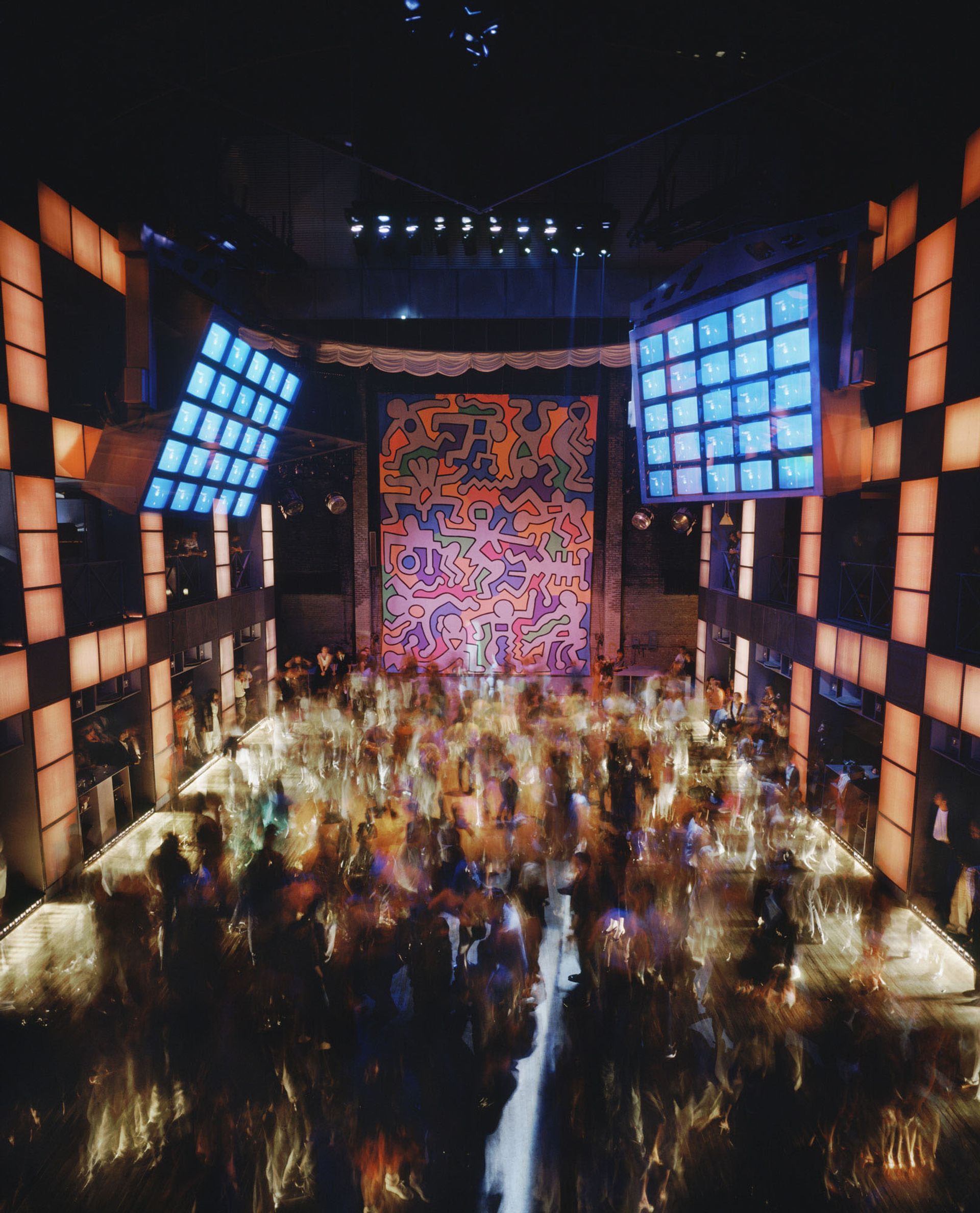
The Palladium in New York in 1985, designed by Arata Isozaki, with a mural by Keith Haring Photo: © Timothy Hursley, Garvey|Simon Gallery New York
Night Fever: Designing Club Culture
V&A Dundee, Dundee, until 9 January 2022
If you can clearly remember the design of a nightclub, chances are you weren’t having the sort of fun those venues were made for. But, as the first large-scale exhibition on nightclub design argues, these spaces of thumping music, raucous revelry and illicit activity bring together elements of architecture, lighting and performance found nowhere else on earth. Ranging from the 1960s to today, the show charts the development of global club culture from Bristol to Beirut and touches on how our own homes have become sites for livestreamed club nights during the pandemic. Unrealised ideas for nightclubs, including one proposed inside a geodesic dome, as well as spaces shut down due to urban development, such as Manchester’s legendary Haçienda, also see the light of day. The nightlife-inspired art includes Mark Leckey’s film Fiorucci Made Me Hardcore (1999), which chronicles the British acid house and rave scene in the late 1990s. Appropriately, a section of the show is dedicated to the distinctive and DIY spaces of Scottish club culture. K.J.
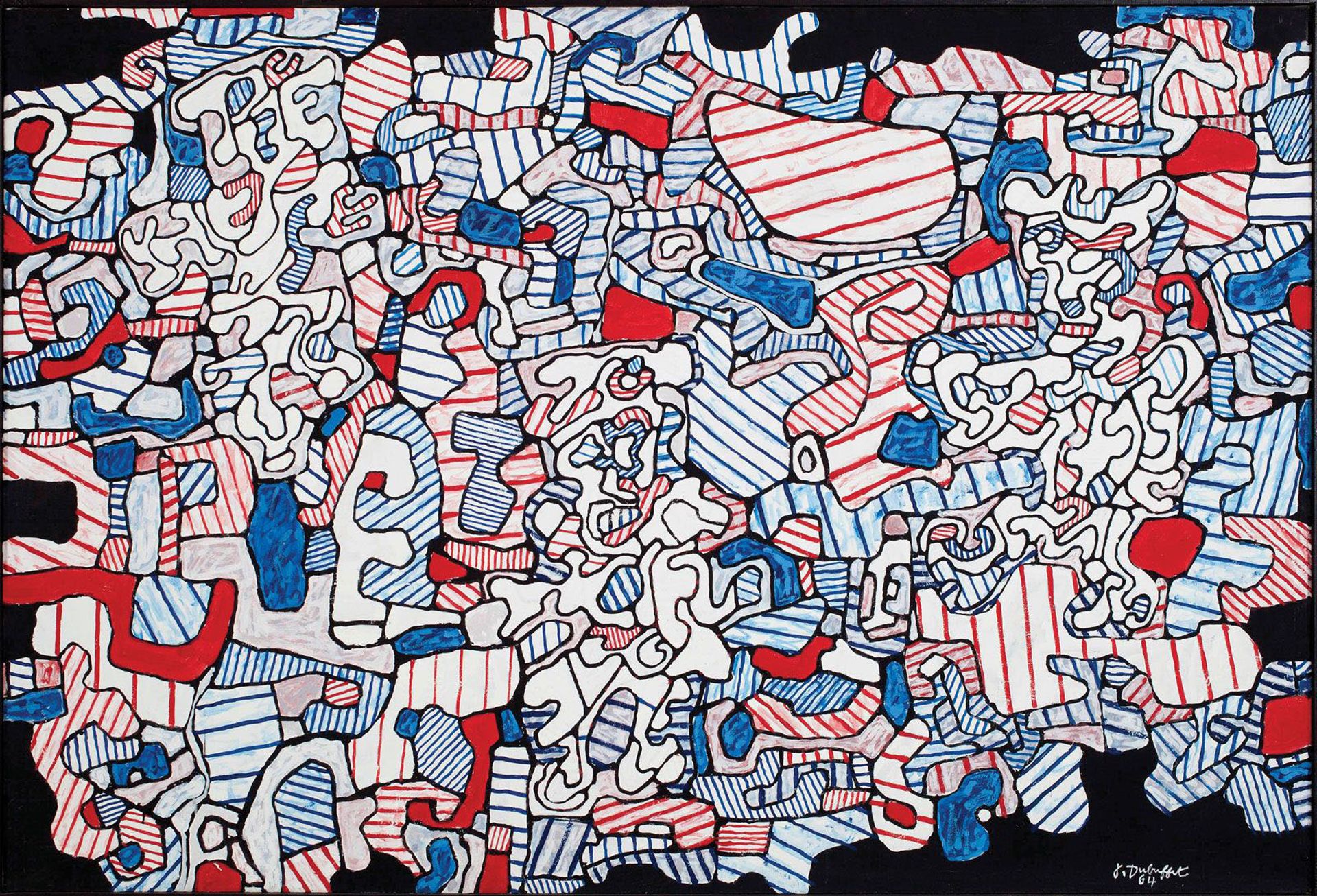
Jean Dubuffet's Skedaddle (L’Escampette) (1964), from the the Hourloupe series Photo: © ADAGP, Paris and DACS, London
Jean Dubuffet: Brutal Beauty
Barbican Art Gallery, London, 17 May-22 August
Remarkably, Brutal Beauty is the first major survey of Jean Dubuffet’s work in the UK in more than 50 years. Yet, as the curator Eleanor Nairne points out, Dubuffet has remained a source of inspiration for successive generations of artists. The impetus for the present show was visiting contemporary artists and seeing “how actively they're engaging with his work in their practice”. The exhibition will lead visitors through Dubuffet’s key series, from the expressive early figure studies to the dense landscapes that influenced Basquiat, the teeming urban 1960s Paris Circus works and the interlocking shapes of the later Hourloupe series. A site-specific story in Nairne’s show is the “brilliant connection between Dubuffet and his passion for Art Brut and the history of Brutalism”, of which the Barbican is among London’s finest examples. B.L.
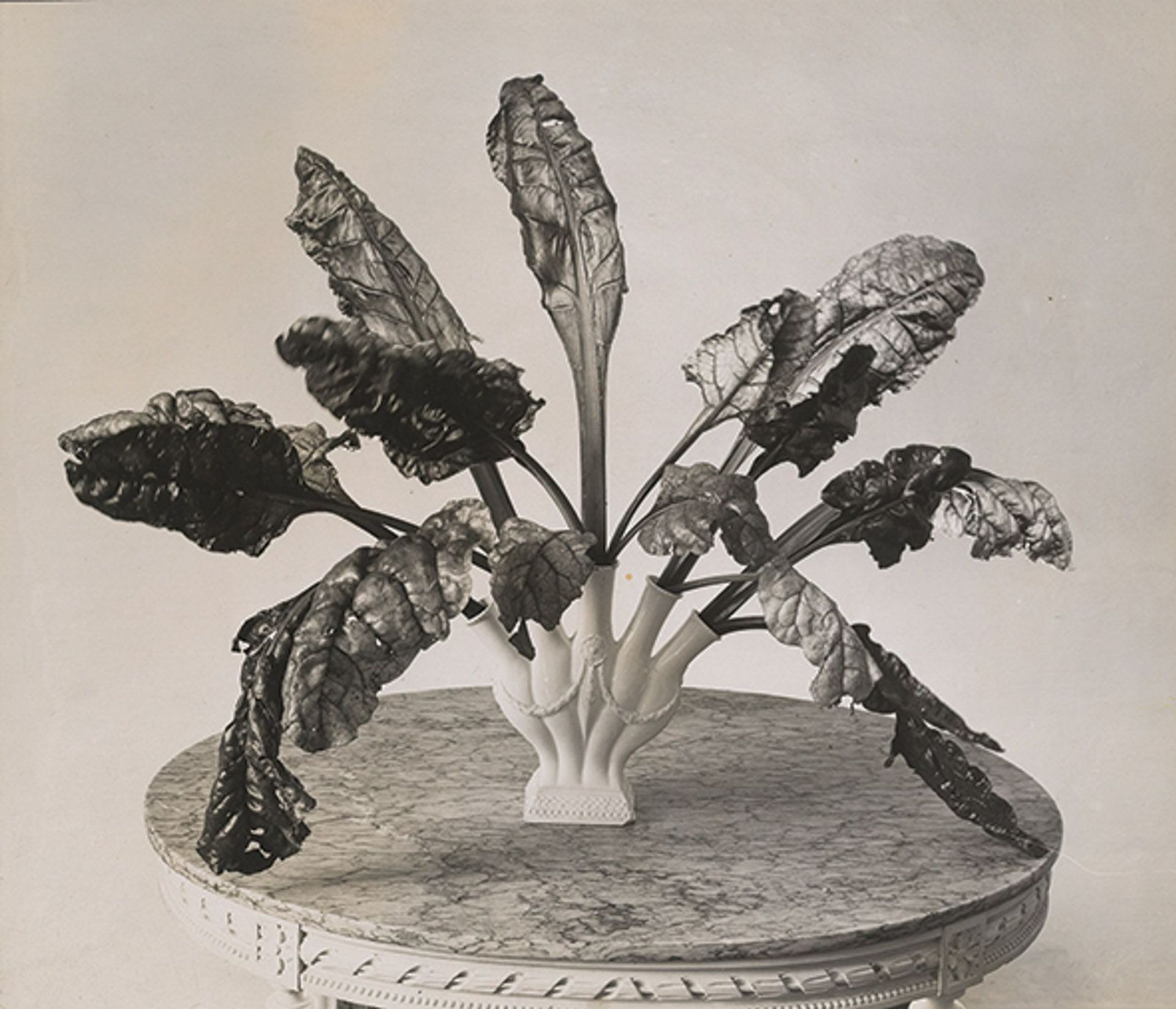
Chard leaves in a vase arrangement by Constance Spry (around 1935) Photo: Reginald Malby, RHS Lindley Collections
Constance Spry and the Fashion for Flowers
Garden Museum, London, 17 May-26 September
With around 100 photographs, personal items and artefacts—never before exhibited—the Garden Museum tells the story of one of the 20th century’s most colourful and influential florists. It was not until she reached her early 40s that Constance Spry gave up teaching and opened a shop, called Flower Decoration, in 1929. After seven years she employed 70 assistants and was obliged to move to new premises. Clients demanded flair and originality and so Spry turned to Dutch 17th-century artists, learning from them to include fruit and even vegetables in her arrangements. Her work was immortalised in strikingly formal still-lifes by the painter Hannah Gluckstein, known as “Gluck”, during their four-year relationship. On the strength of a vigorous advertising campaign and numerous books on flower arranging, Spry’s business boomed. Her highest honour came in 1953 when she was asked to decorate Westminster Abbey for the coronation of Queen Elizabeth II. G.M.
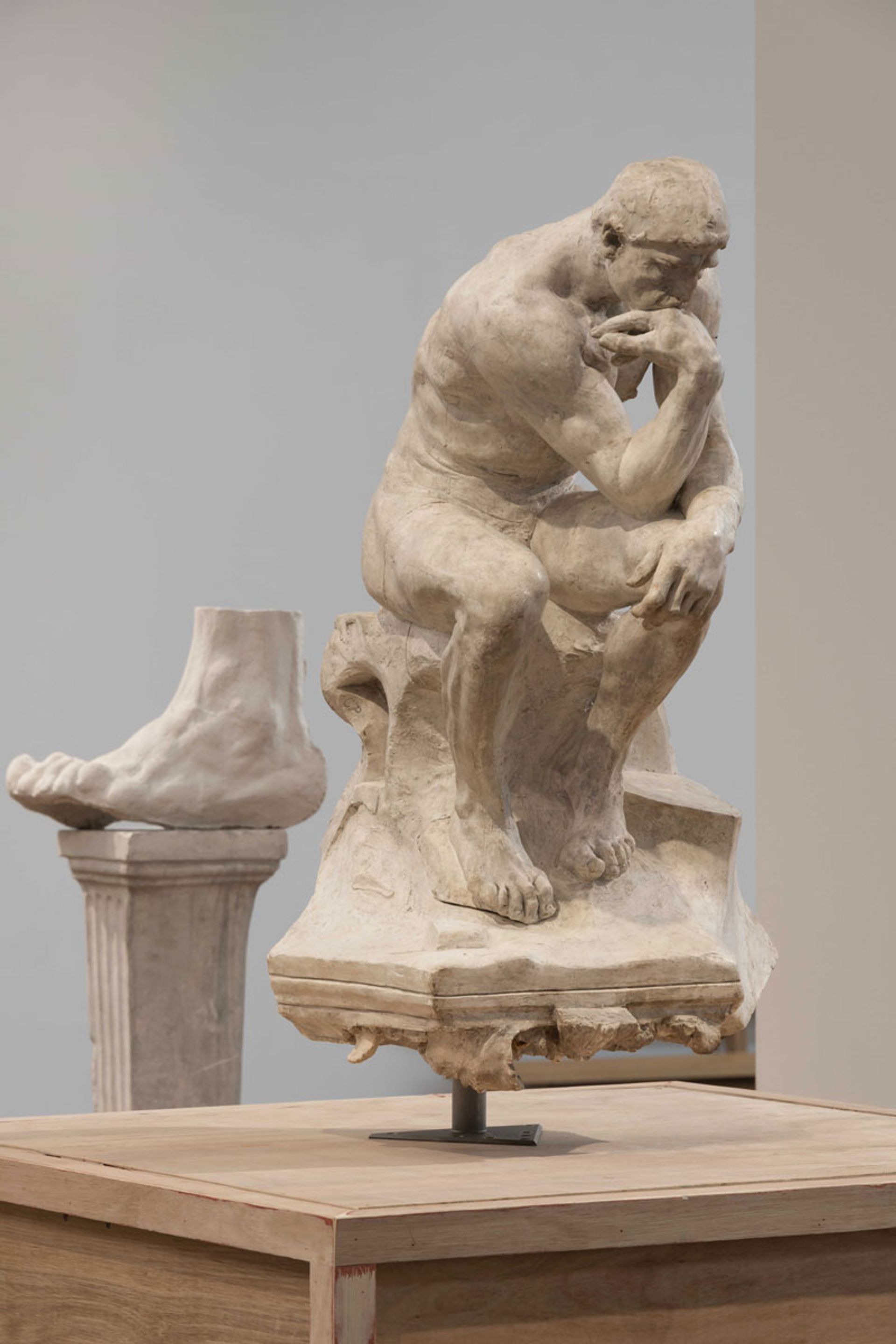
Installation view of The Making of Rodin at Tate Modern © Tate Photography (Matt Greenwood)
The Making of Rodin
Tate Modern, London, 18 May-21 November
This survey of the influential French sculptor working at the turn of the 20th century offers a tight focus on Rodin’s work in plaster, presenting a lesser seen side to his practice (Rodin was known for his bronze casts and renditions in marble, especially The Kiss, 1901-4, his celebrated depiction of an embracing couple which stands at the exhibition entrance). Modelling in clay enabled the sculptor to “alter and revise his work many times”, says an accompanying text, bringing to the fore his “creative use of fragmentation, multiplication, repetition, enlargement and assembling disparate elements”. His stockpile of parts include a vast collection of small hands made while creating his epic Gates of Hell (1880-1917) double door sculpture. These delicate limbs—known as abattis (giblets)—filled his studio drawers. Curators also unpick his complicated relationships with women, including his lover and assistant Camille Claudel. G.H.
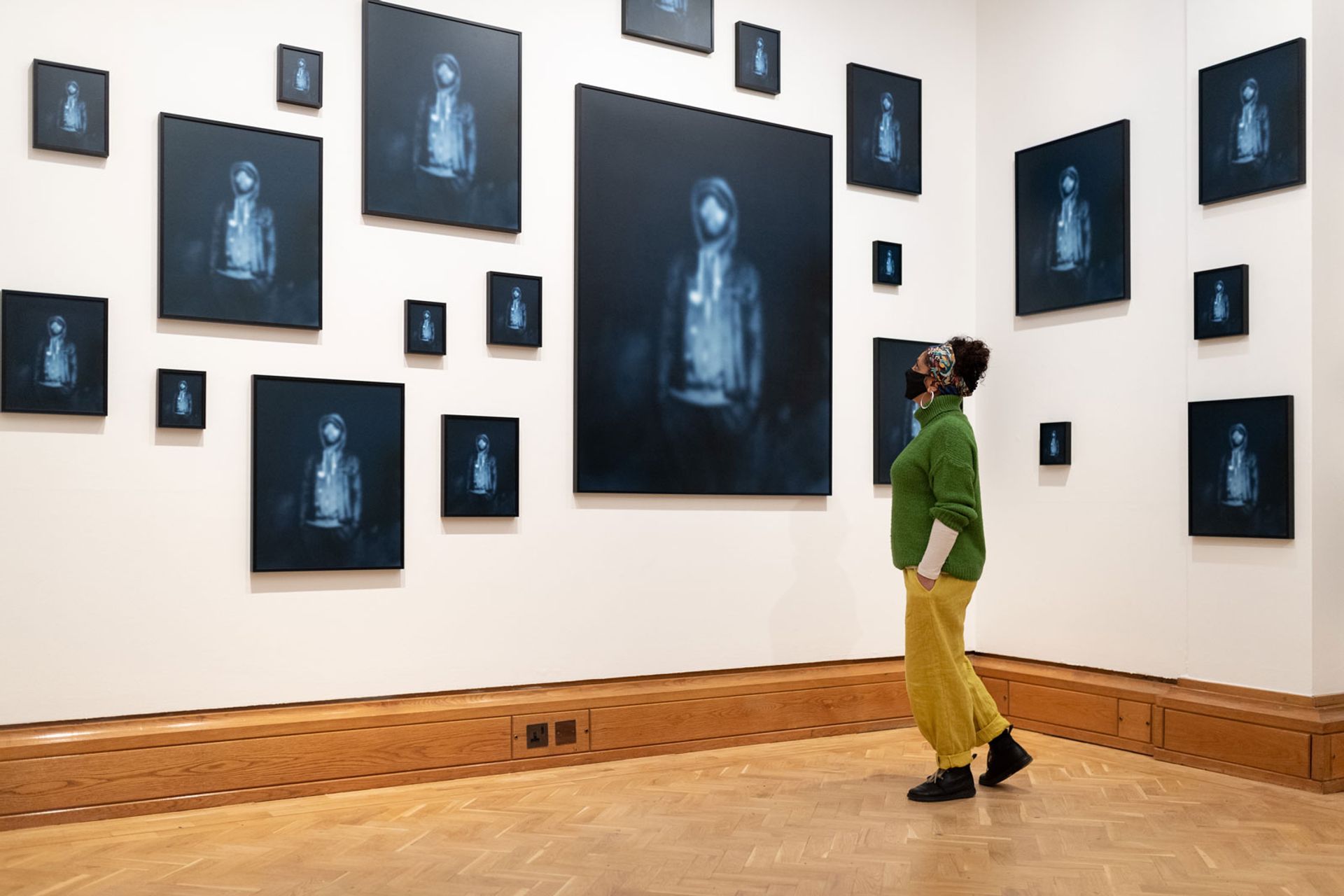
Installation view of Carrie Mae Weems Repeating the Obvious (2019) © Photo: Polly Thomas
Artes Mundi 9
National Museum Cardiff, Chapter and g39, Cardiff, 19 May-5 September
The shortlist for the UK’s largest contemporary art prize (£40,000) was announced in September 2019 in an age before Covid-19. The prize organisers point out though that the nominees “all examine, address and question some of the most significant issues we are currently facing” in the wake of the pandemic. The exhibition includes a selection of large-scale pieces from the US artist Carrie Mae Weems’ recent public art campaign seen across New York (Resist Covid Take 6!), which focuses on the disproportionate impact of the pandemic on communities of colour. The Indian artist Prabhakar Pachpute will draw his works directly onto the walls of the gallery space, highlighting the connections between the different mining traditions in India and Wales. Other nominees include the Dominican artist Firelei Báez, the South African artist Dineo Seshee Bopape, the Japanese artist Meiro Koizumi, and the Puerto Rican artist Beatriz Santiago Muñoz. The winner is due to be announced 17 June. G.H.
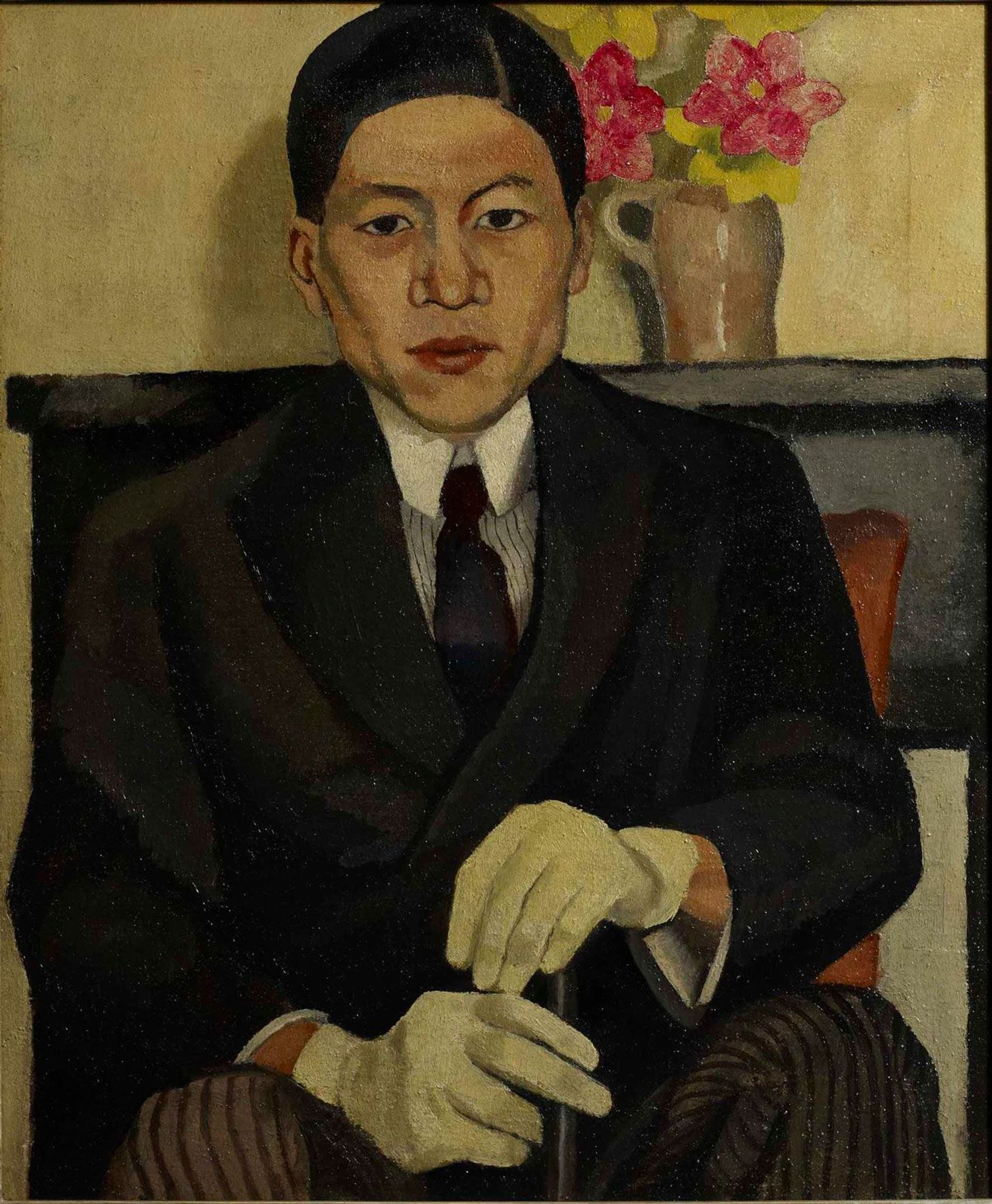
Nina Hamnett's Portrait of Torahiko Khori Private Collection; Photo © Stephen White
Nina Hamnett
Charleston Trust, Firle, East Sussex, 19 May-30 August
During her lifetime, Nina Hamnett (1890-1956) was celebrated by critics and collectors, and painted by peers such as Walter Sickert and Roger Fry. But she was largely forgotten soon after her death, with most of her paintings hidden from view in the homes of her patrons’ descendants. The public may know her more now for her autobiographies, in which she described enlivening the parties of her Bloomsbury Group and Parisian friends. The first institutional survey of Hamnet’s work aims to embellish whatever little you may know about the painter. “A serious look at her work as an artist is long overdue,” says Nathaniel Hepburn, the director of Charleston. “It is going to be exciting bringing these works to an audience for whom Nina Hamnett has only ever been a name or a body.” The works in the exhibition span three decades and include around 20 portraits, several of which have never, or rarely, been publicly exhibited. K.C.
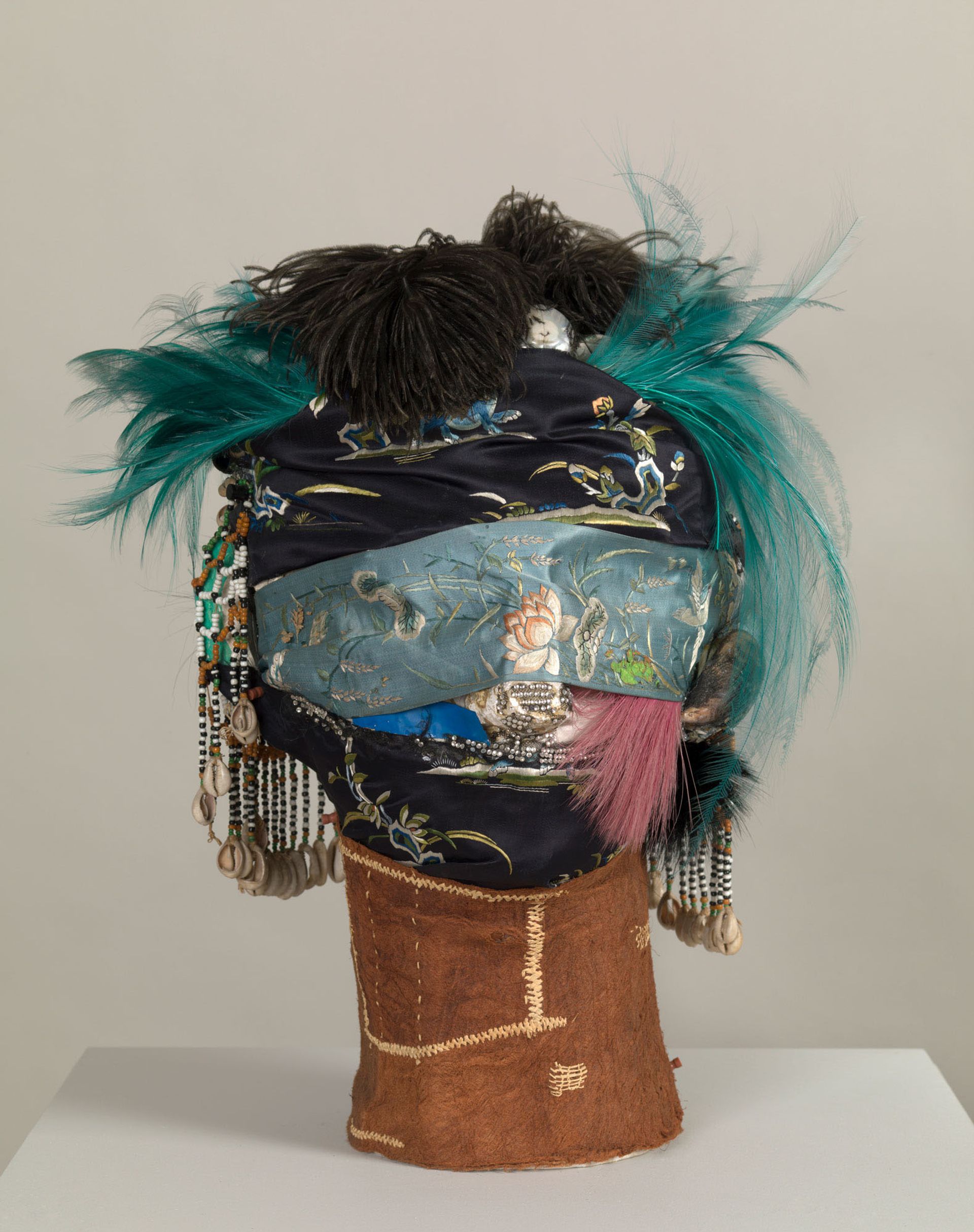
Eileen Agar's sculptural assemblage Angel of Anarchy (1936-40), from which the Whitechapel Gallery's new retrospective takes its name Photo: © Tate Images
Eileen Agar: Angel of Anarchy
Whitechapel Gallery, London, 19 May-29 August
Eileen Agar’s 1988 autobiography recalled the pivotal moment in 1936 when she was picked to participate in the influential International Surrealist Exhibition in London (the only British woman in the show): “One day I was an artist exploring highly personal combinations of form and content, and the next I was calmly informed I was a Surrealist.” The anecdote reveals a certain ambivalence towards the movement with which she has become indelibly associated. The Whitechapel Gallery’s major retrospective of more than 100 rarely shown paintings, collages, assemblages, photographs and ephemera offers a chance to reconsider Agar’s adventurous seven-decade output on its own terms. She turned to art in rebellion against a privileged upbringing, training at the Slade School in London before immersing herself in the avant-garde languages of Cubism and Surrealism in late 1920s Paris. But the exhibition will also explore her distinctive fusion of references to myth, the natural world and female sexuality, as well as her lesser-known later career, from wartime anxiety to a triumphant resurgence in the 1970s. H.M.
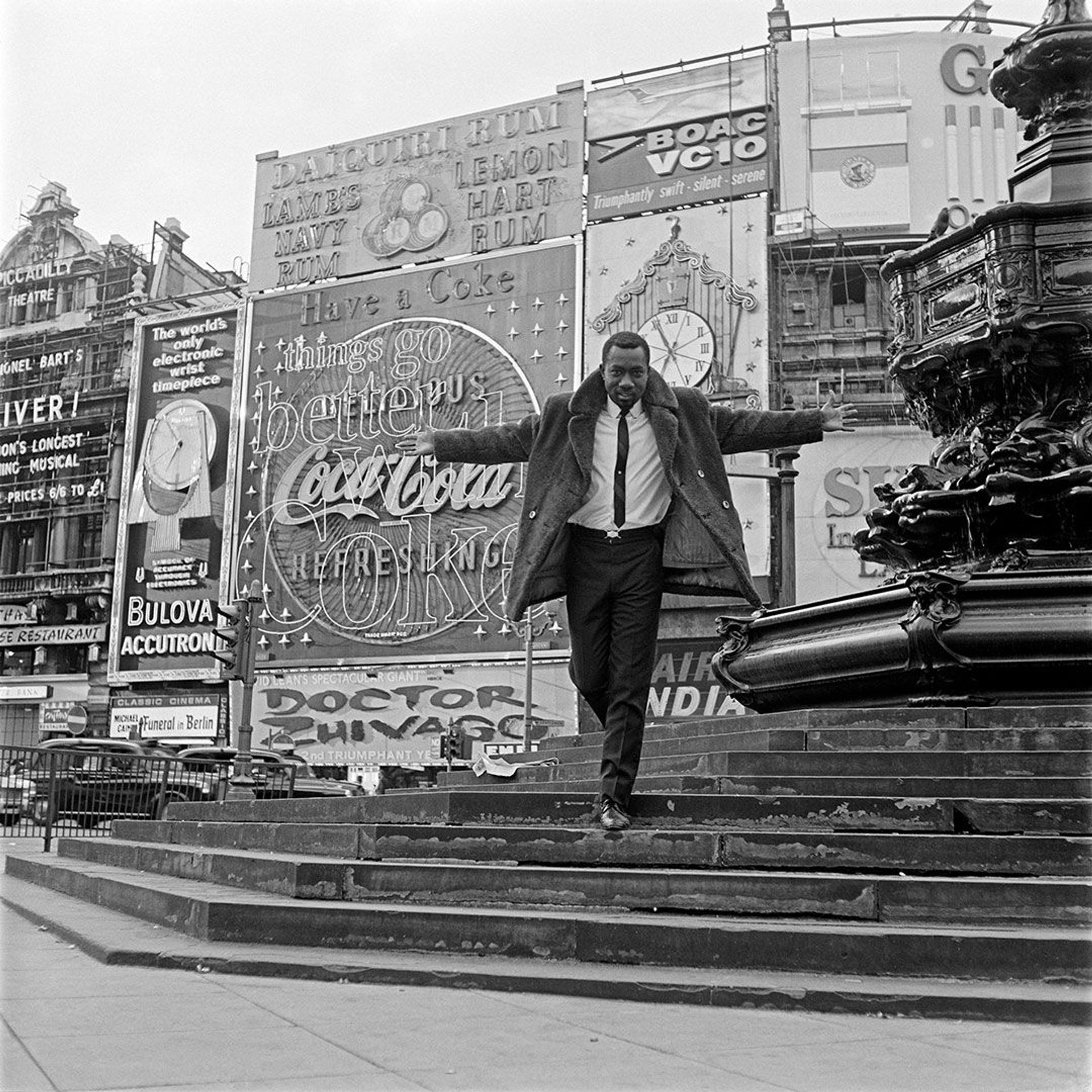
James Barnor's Mike Eghan at Piccadilly Circus, London (1967) Courtesy of Autograph
James Barnor: Accra/London, a Retrospective
Serpentine North Gallery, London, 19 May-22 October
The British-Ghanaian photographer James Barnor made his start on the streets of Accra in pre-Independence Ghana using borrowed equipment and by 1953 had started his own studio, which was visited by civil-servants, dignitaries, artists and newly-weds alike. “He said his studio was a little bit like a community centre,” says Lizzie Carey-Thomas, the curator of a retrospective of Barnor’s work at the Serpentine North Gallery in London. In 1957, Barnor travelled to the UK where he continued his studies and worked on commissions for the South African magazine Drum, capturing new fashions and the idiosyncratic characters of swinging London. Amongst the most recognisable images he took for the magazine is a 1967 photograph of the BBC broadcaster Mike Egan, arms outstretched in the middle of Piccadilly Circus. There are around 40,000 images in Barnor’s archive and “[t]here are no duds,” Carey-Thomas says. Barnor’s photographs bridge continents and genres, documenting the huge socio-political changes in both Ghana and the UK in the second half of the 20th century. A.E.
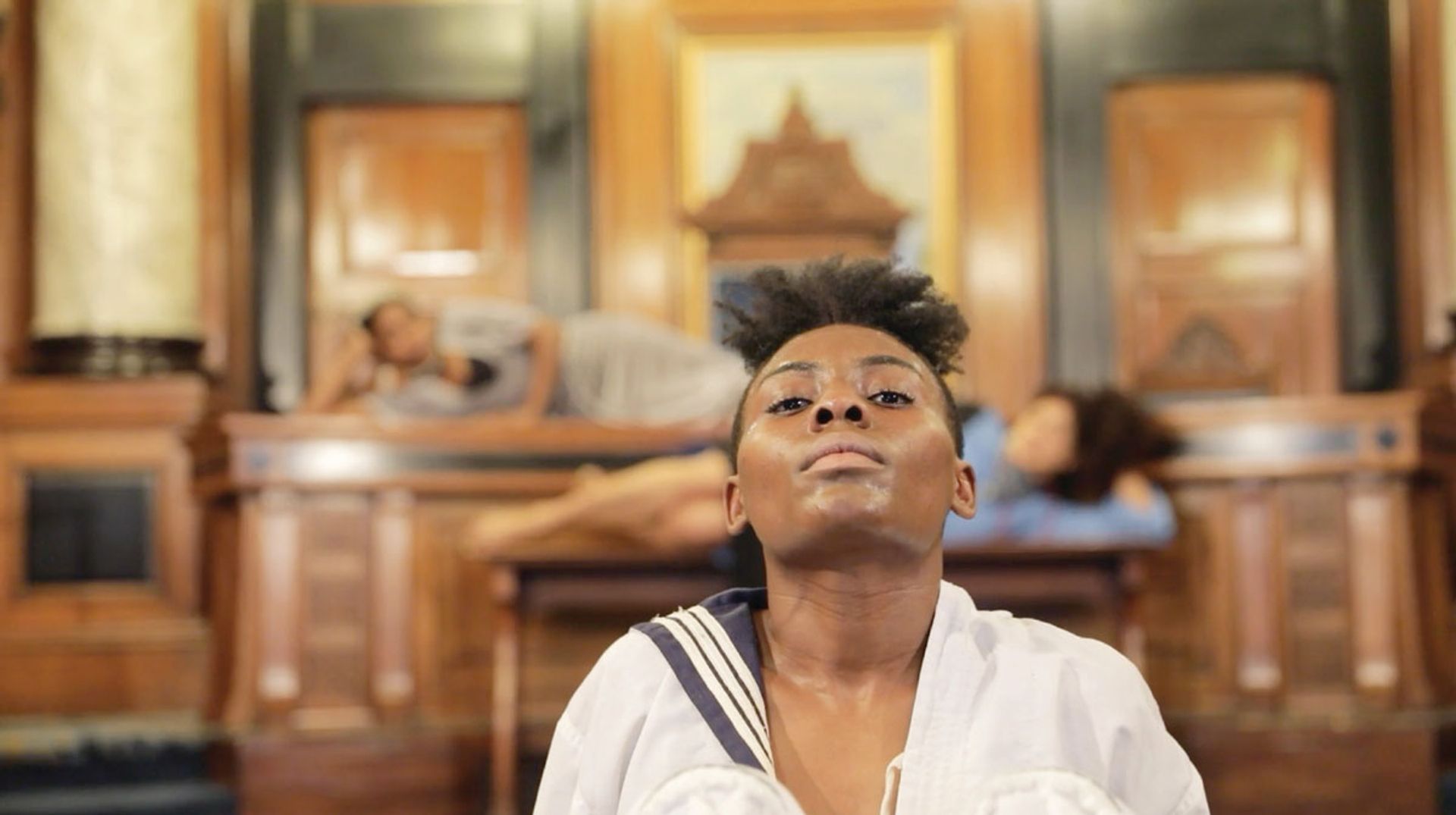
A still from Alberta Whittle’s film between a whisper and a cry (2019), showing at Open Eye Gallery as part of Liverpool Biennial 2021 Photo: Basharat Khan
11th Liverpool Biennial: The Stomach and the Port
Various venues, Liverpool, 19 May-27 June
Pushed back from summer 2020 by the pandemic, the 11th edition of the UK’s largest free festival of contemporary art can finally unveil its nine indoor exhibitions on 19 May. They join the open-air sculptures and installations launched in March by artists including Rashid Johnson, Linder and Larry Achiampong. With a total of 150 works by 50 artists to see, the biennial curated by Manuela Moscoso is loosely organised into three city trails under the themes of the stomach (a symbol of transformation), porosity and kinship. Fluidity of bodies and borders is the key, with several artists responding directly to Liverpool’s colonial history. The line-up includes a new commission by Turner Prize nominee B.O.S.S. (Black Obsidian Sound System) at FACT, Alberta Whittle’s film at Open Eye Gallery connecting climate crisis in the Caribbean with the aftermath of slavery, Luo Jr-shin’s nightclub toilet installation at a former department store, and Neo Muyanga’s reflection on the birth of civil-rights anthem “Amazing Grace” as an 18th-century hymn by a former slave trader, which is showing in a branch of cosmetics store Lush. H.M.
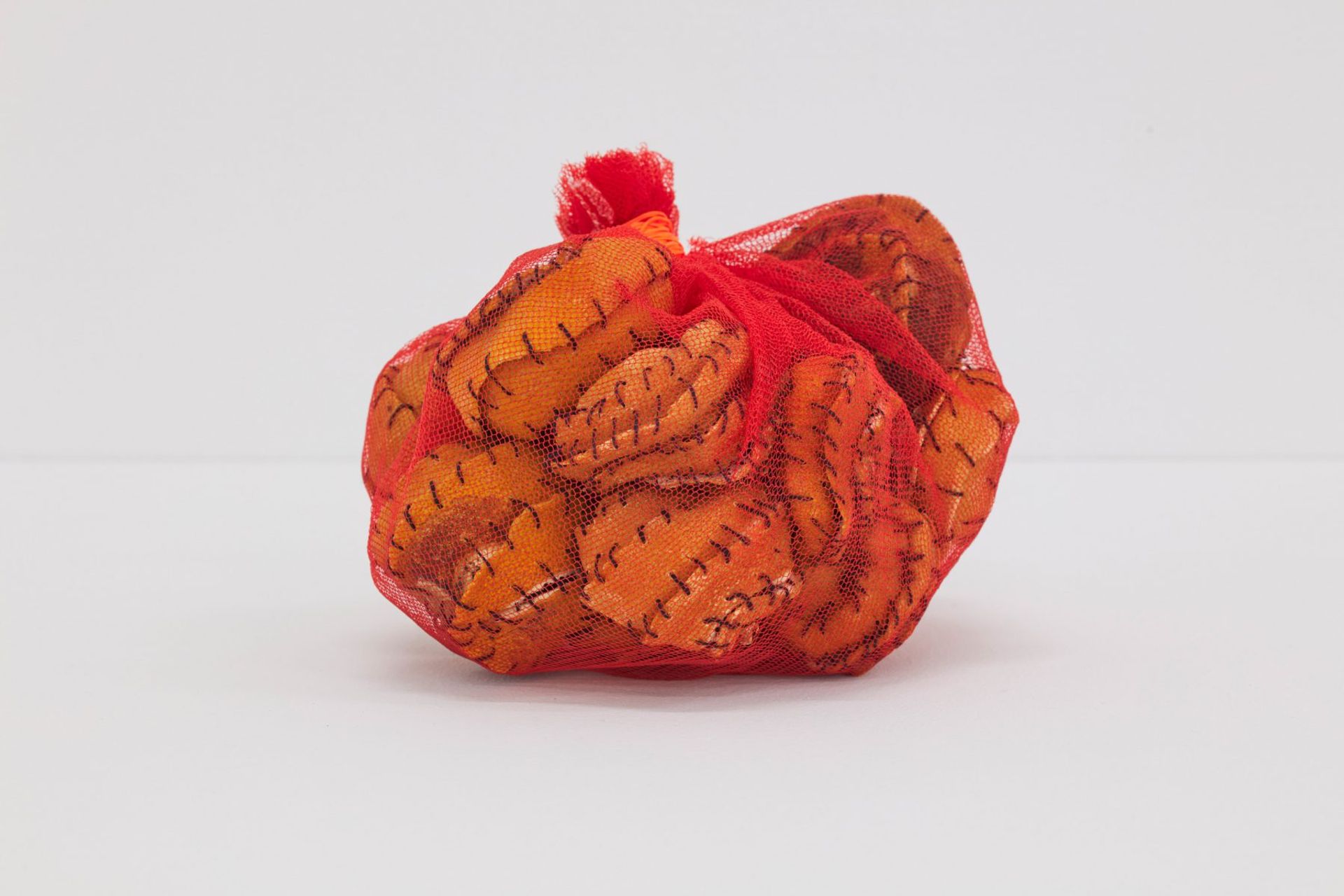
Veronica Ryan's Pouch (2020) © Veronica Ryan. Photo: Max Mcclure. Courtesy of Paula Cooper Gallery and Alison Jacques
Veronica Ryan: Along a Spectrum
Spike Island, Bristol, 19 May-5 September
Ryan’s solo exhibition at Spike Island is her most comprehensive yet. Most of the work for show was made during an on-site residency and came about as a result of the Freelands Award, which enables an arts organisation to present an exhibition by a mid-career female artist who has not received the acclaim they deserve. Among the works on show are stained fabrics with tea and neon crocheted fishing line sacks filled with seeds, fruit stones and orange peel. “Walking along the river every day to Spike I was again reminded of Bristol’s big part in the Atlantic slave trade,” Ryan tells The Art Newspaper. “I’d already been making work using tea bags and dying pillowcases with tea and then I discovered that the Spike Island building had been a tea packing factory so I went and studied the archives and that became a conversation in the work.” Other works in the show will include a series of soursop skins and cocoa pods cast in clay and then glazed with volcanic ash from Alliouagana, the native name of the island of Montserrat. L.B.
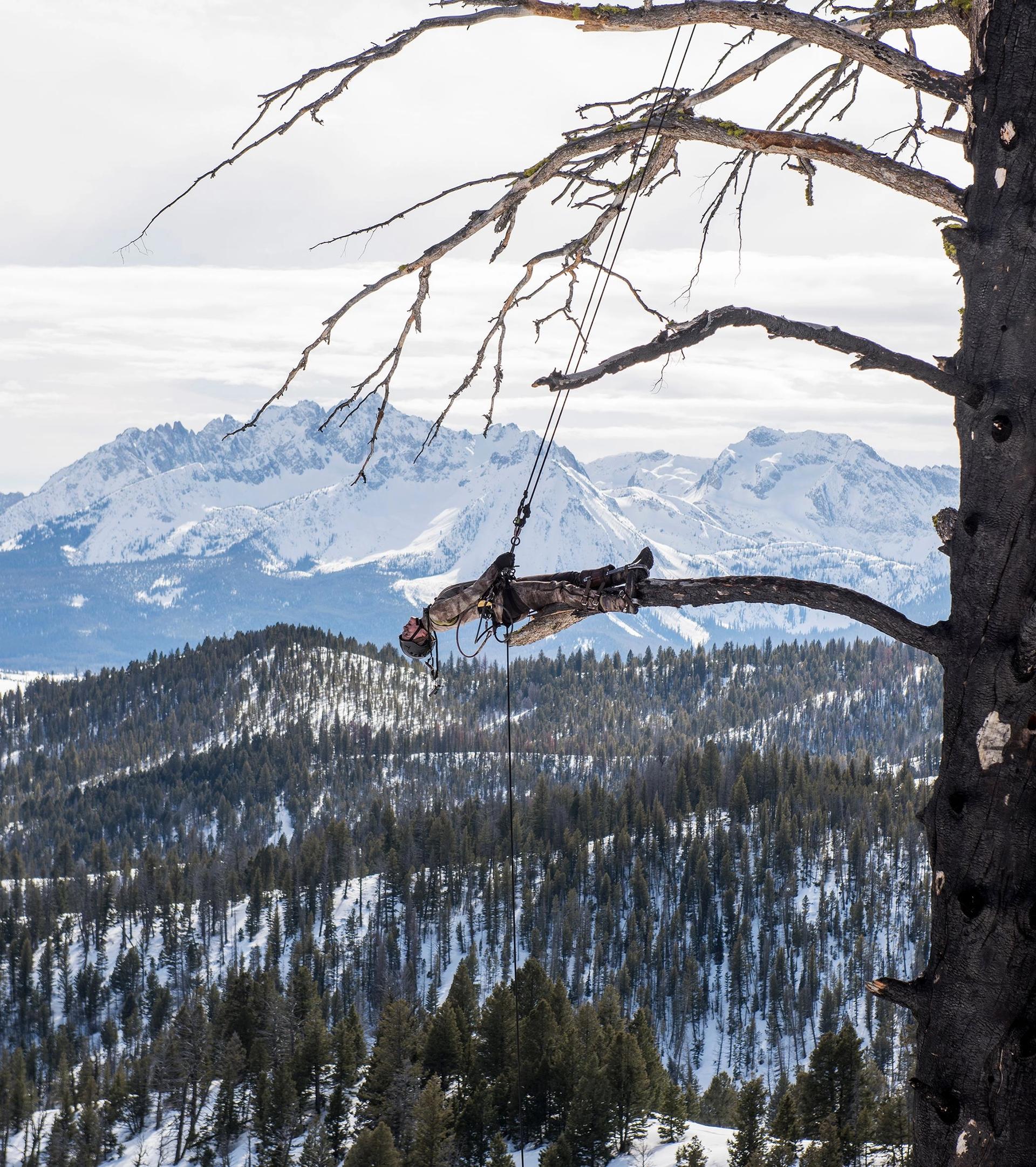
A still from Matthew Barney's Redoubt (2018) © Matthew Barney, courtesy Gladstone Gallery and Sadie Coles HQ. Photo: Hugo Glendinning
Matthew Barney: Redoubt / Igshaan Adams: Kicking Dust
Hayward Gallery, London, 19 May-25 July
The fabled Cremaster creator Matthew Barney and the emerging South African artist Igshaan Adams go on show in this absorbing two-hander at the Hayward Gallery. Barney ventures deep into the mountains of the American West in his foreboding new film Redoubt, which retells the ancient legend of Diana and Acteon as a contemporary ballet. Filming in the Sawtooth Mountains of Idaho, where he grew up, Barney presents a world where wolves share the landscape with a few humans in a film that lasts two hours and 14 minutes (we advise you bring a cushion). Redoubt, a term for a military fortification, is associated with the American survivalist movement; here the American wilderness presented is a retreat for those fearing the apocalypse. Adams meanwhile takes us on a gentler journey, centred on “the imprints that we collectively leave behind as we move through spaces, both private and public”. This display is dominated by hanging sculptural “dust clouds” fashioned from wire and beads that float above delicately woven textiles. G.H.
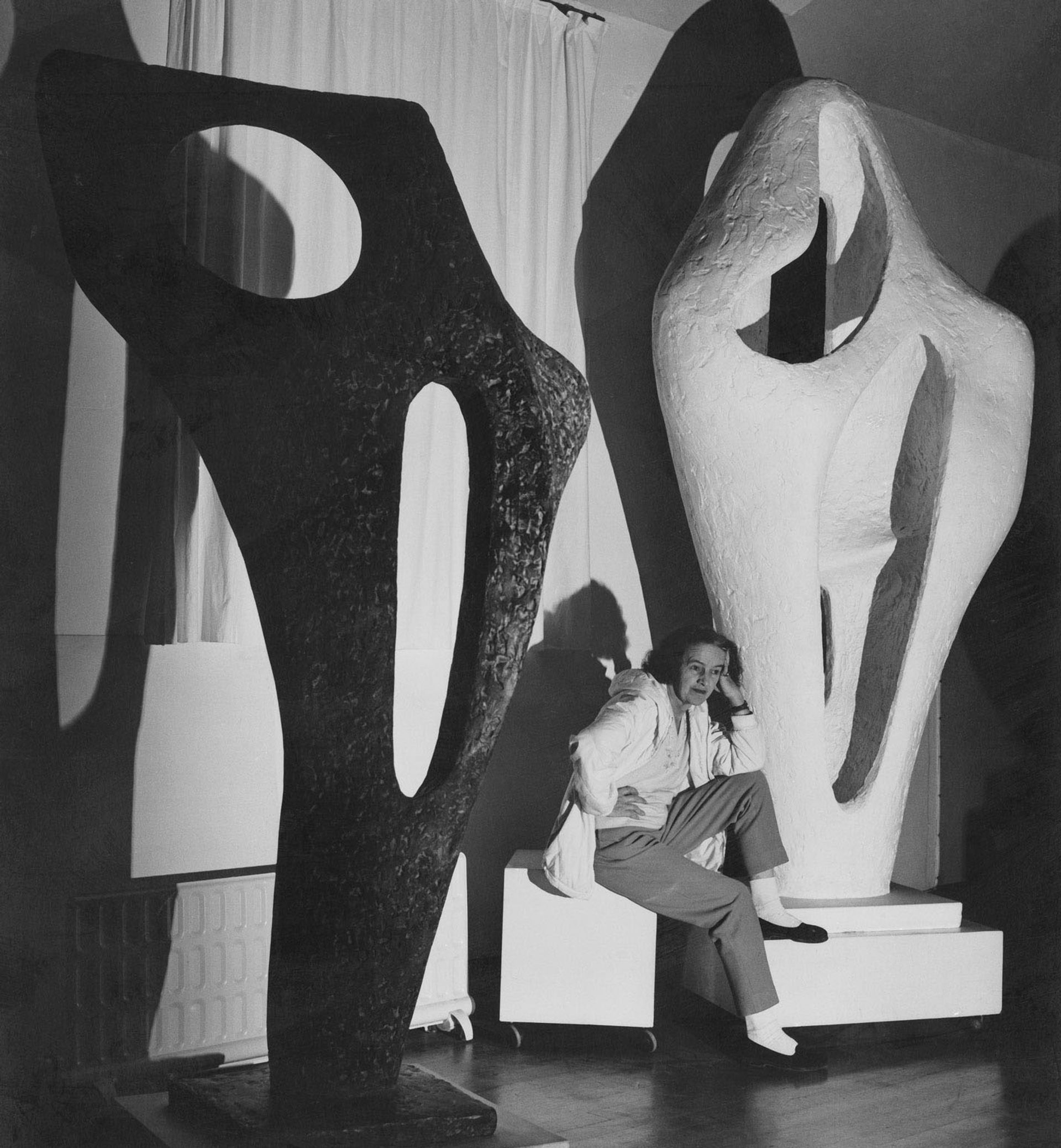
Barbara Hepworth with the Gift plaster of Figure for Landscape and a bronze cast of Figure (Archaean) in November 1964 © Bowness, Hepworth Estate. Photo: Lucien Myers
Barbara Hepworth: Art and Life
Hepworth Wakefield, Wakefield, 21 May-27 February 2022
It is fitting that the Hepworth Wakefield—which celebrates its tenth anniversary on 21 May—reopens with a major exhibition of Barbara Hepworth, an artist for whom physical encounters with art were so vital. “She was sensitive to the materials she used—the bright bronzes, the polished wood, the different stones—and to the way objects encourage you to move around and activate your body,” says the museum’s curator, Eleanor Clayton. The exhibition will trace the rich and varied career of the Wakefield-born and raised sculptor from the early abstract carvings she made in Yorkshire, via her colourful stringed sculptures, to her monumental later works in bronze and stone. There will be rarely-seen drawings, paintings and fabric designs, as well as photographs and other archival materials that illuminate the artist’s personal life and wide-ranging passions. “What I really wanted to do was tell the whole story of Hepworth,” Clayton says. C.A.
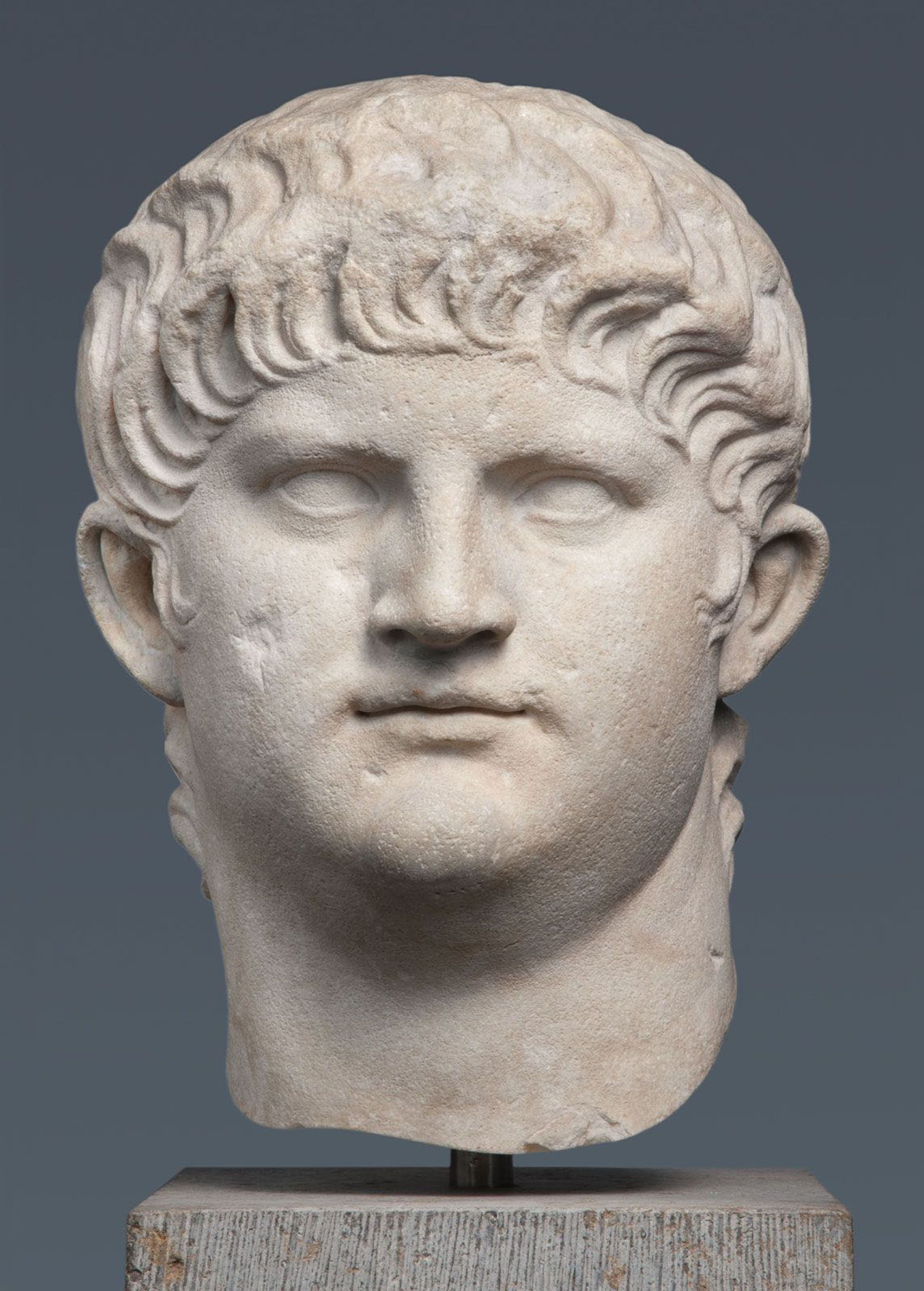
A marble sculpture of notorious Roman emperor Nero, made towards the end of his short life Photo: Renate Kühling; courtesy of the State Collections of Antiquities and Glyptothek Munich
Nero: the Man Behind the Myth
British Museum, London, 27 May-24 October
“I have come to the conclusion that almost every single thing we think we know about him is wrong,” says Thorsten Opper, the curator of the British Museum’s major exhibition on the Roman emperor Nero. “We must try and get past stories based on lies and manipulation that have been accepted for almost 2,000 years.” Nero is known as a psychopathic braggart who fiddled while Rome burned before building his vainglorious palace on the smoking ruins. This show will demonstrate that he ruled well, filled the granaries, reformed taxes and the currency. When fire broke out in Rome in 64AD, he was more than 30 miles away in his seaside palace; he then threw himself into rebuilding the city. (His Domus Aurea, the golden house, was indeed vast and opulent.) The exhibition will bring together major loans from across the Roman empire including beautiful sculptures and modest but revealing objects, such as a recently discovered lead ingot stamped with the emperor’s name from a British mine where Nero stepped up production using slave labour. M.K.
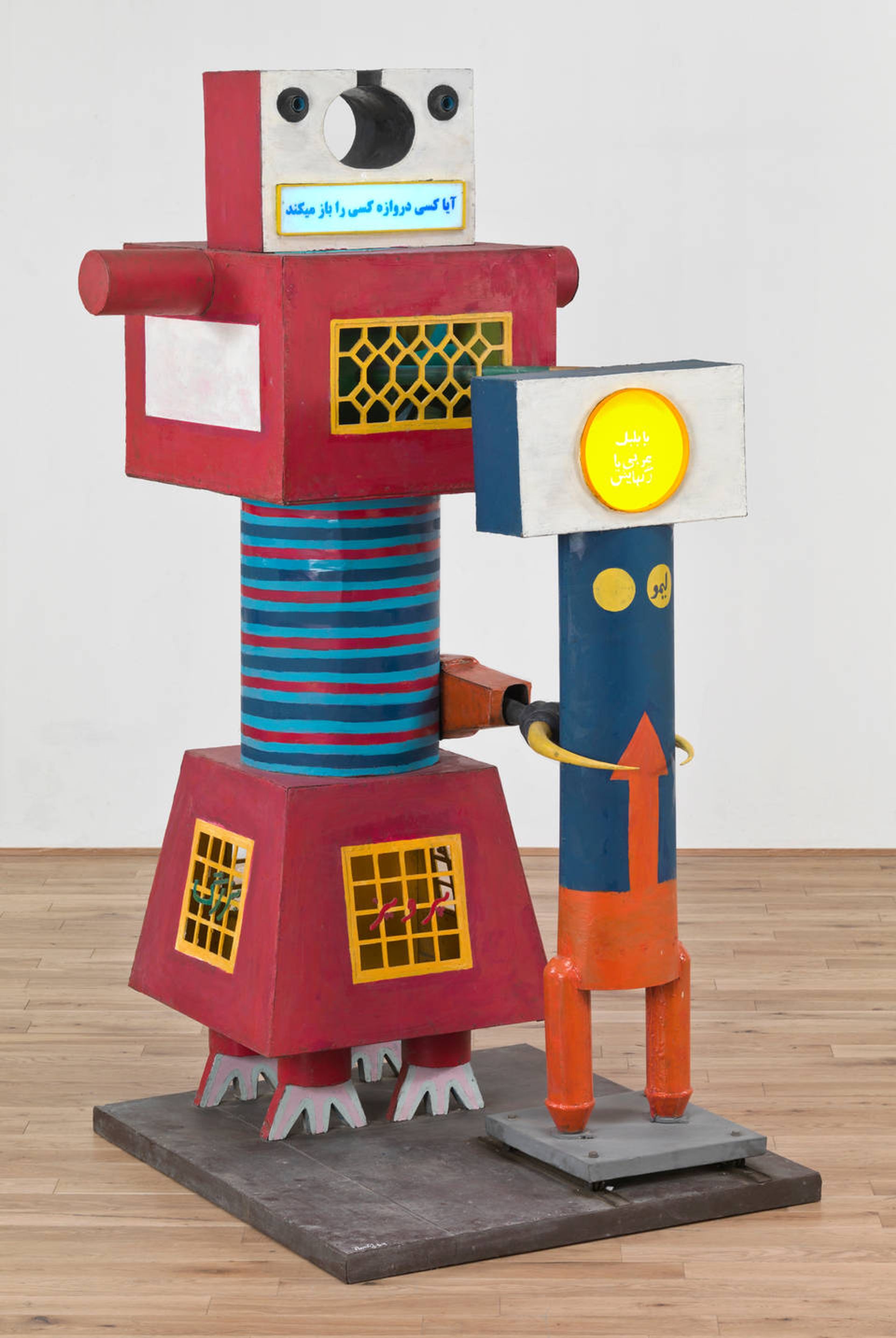
The Poet and the Beloved of the King (1964-66.) by Parviz Tanavoli © Tate, 2017
Epic Iran
Victoria and Albert Museum, London, 29 May-12 September
The Victoria and Albert Museum’s Epic Iran show will cover an ambitious 5,000 years of Iranian history through 350 objects. Starting in 3200BC, the show will explore the ancient Persian Empire; Sassanid rule and Zoroastrianism; the ensuing emergence and establishment of Islam; and the royal Qajar dynasty. The final section will include Modern and contemporary works by some of Iran’s leading artists such as Parviz Tanavoli, Monir Farmanfarmaian and Shirin Neshat. Split into ten sections, the exhibition will have an “immersive design” that apparently sets it in a city, complete with a gatehouse, gardens, a palace and a library. Literature is an overarching theme of the show, with a section devoted to poetry and its use in manuscripts and another dedicated to Ferdowsi’s 11th-century epic poem Shahnameh (book of kings). The exhibition will also include recently restored plaster casts of life-sized warrior friezes that adorned the Palace of Darius two millennia ago. A.D.

